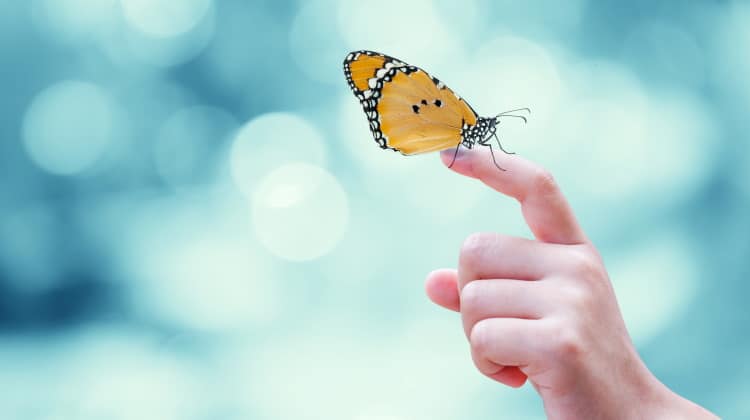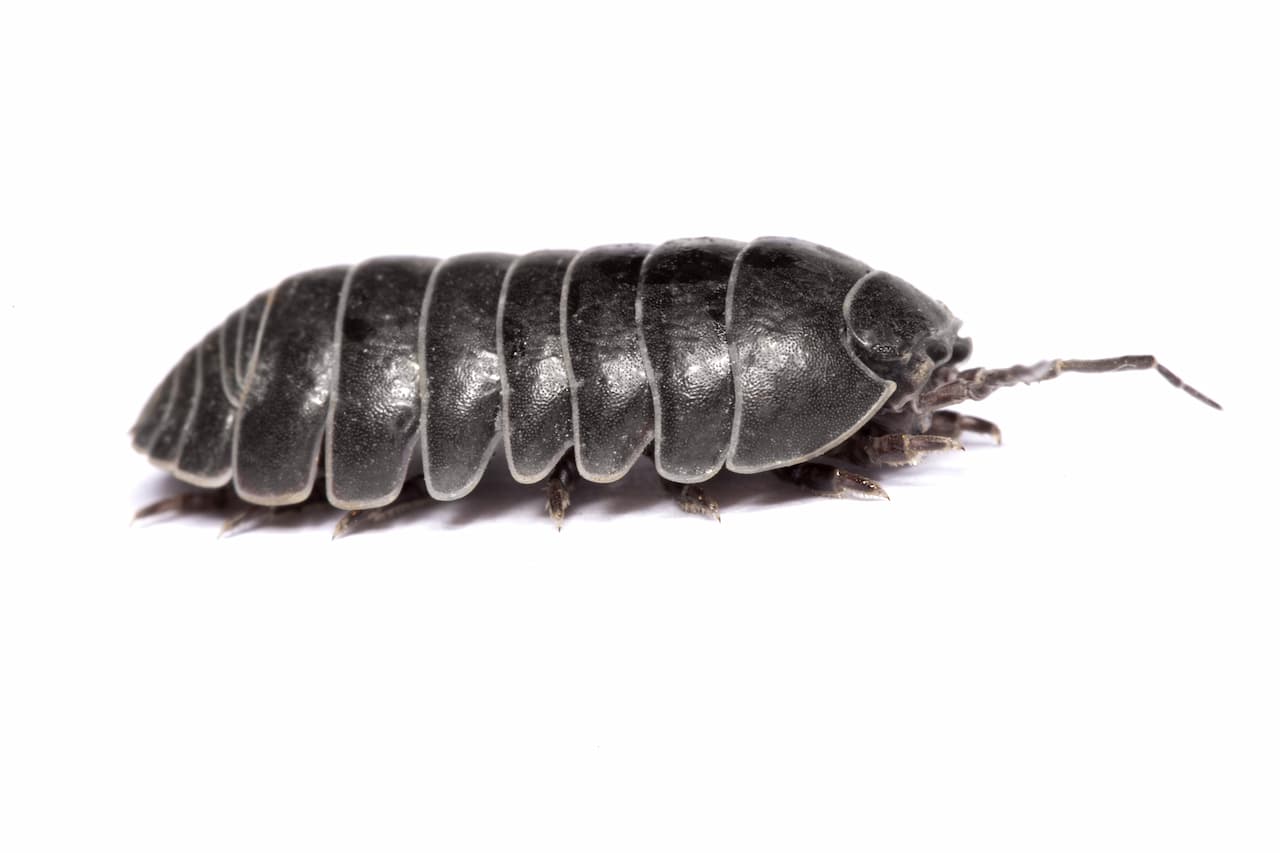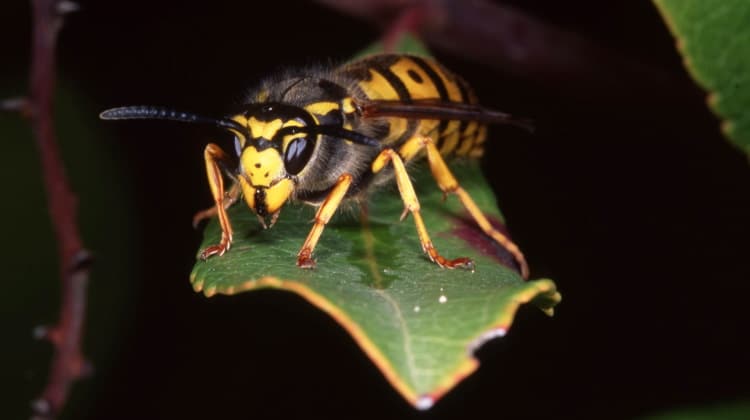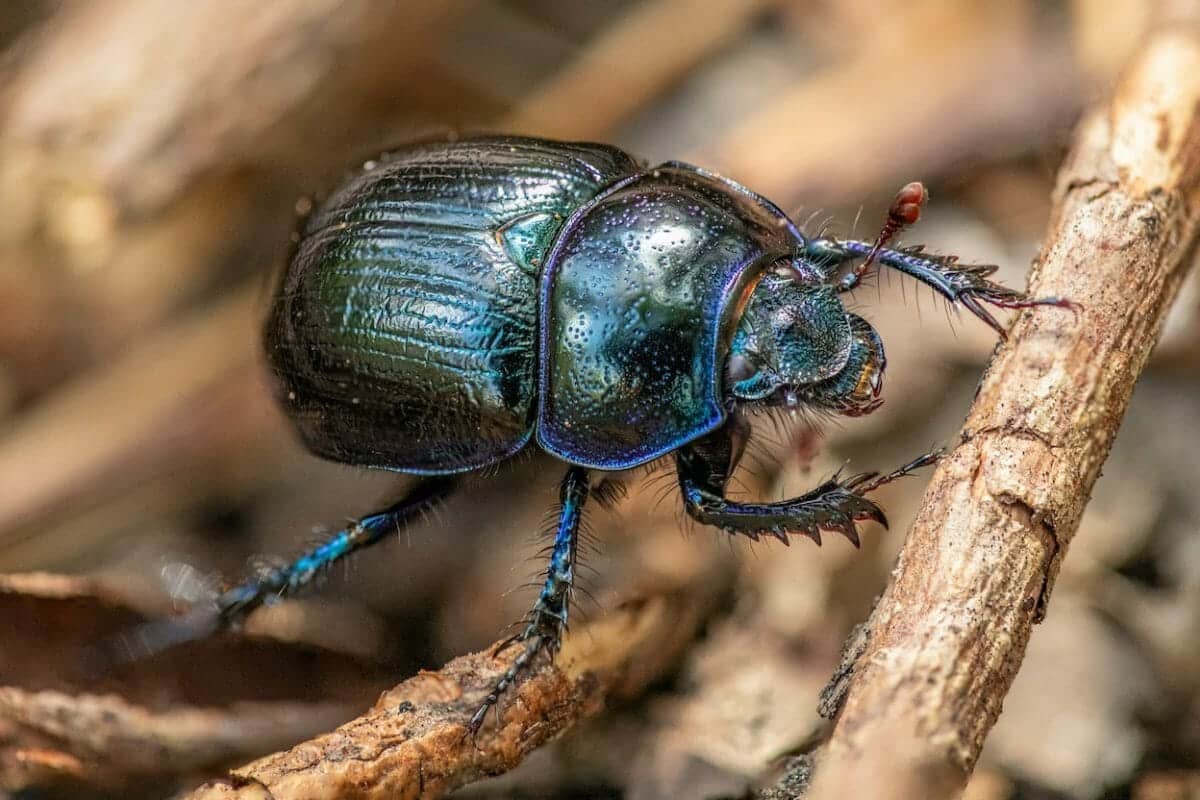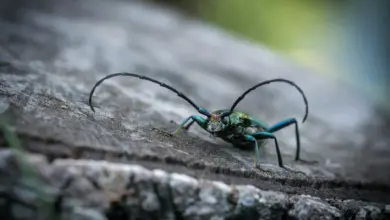Longhorn Beetle Yellow And Black
[modified-date]
[social-share]
Ranging from the size of the full stop at the end of this sentence to the size of a rat, the 400,000 species of beetles around the world are incredibly diverse.
Wrongly identified as a wasp, the longhorn beetle yellow and black ranges in populations all over Europe and America.
It is a rather beneficial species to its environment.
But how are they so helpful and what don’t we know about them?
Usually found crawling around woodland habitats across Europe, yellow and black longhorn beetles are a subspecies of the longhorn beetle family consisting of over 35,000 species.
Apart from its colorful abdomen, the yellow and black longhorn beetle can be easily identified by its long antennae and legs. It is often mistaken as a poisonous insect, but it’s not.
Did you Know?
The name ‘longhorn’ beetle derives from Greek mythology and a myth involving a shepherd who fought with nymphs and was converted into a beetle with horns as his punishment.
Classification
| Kingdom | Animalia |
| Phylum | Arthropoda |
| Class | Insecta |
| Order | Coleoptera |
| Family | Cerambycidae |
| Genus | Rutpela |
| Species | R. maculata |
Life Cycle
Most longhorn species live in woodland habitats. Female beetles lay their eggs in rotting vegetation and deadwood.
This gives the larvae an immediate food source after hatching. It supplies them with food throughout their larval stage, which can last a few months or a year.
Related articles:
Once the larvae have fed on its host tree and developed for an adequate time, they then begin to pupate.
Pupation is the stage when insects undergo complete metamorphosis, transforming from immature larvae into more mature adult stages in their life cycle.
Once they have developed into adult beetles, male yellow and black longhorns are predicted to live about 50 days and females over 60 days.
Many species of longhorn beetle are claimed to have a damaging life-cycle. They eat and destroy particular species of plants and bore deep into wood, damaging tree trunks of deciduous trees. This however, does not include the yellow and black longhorn.
Anatomy
Specifically, they are identifiable by their yellow and black colourings all over. These colors are spread across them as their head and body segment just behind it are black.
Their wing cases are bright yellow with four black bands tapering to a point at the end of them. Their front legs have yellow bands and yellow stripes across their abdomen.
Unsurprisingly, their antennae are also black and yellow stripes in alternating bands. This makes them immediately stand out to predators and other insects as a form of defense.
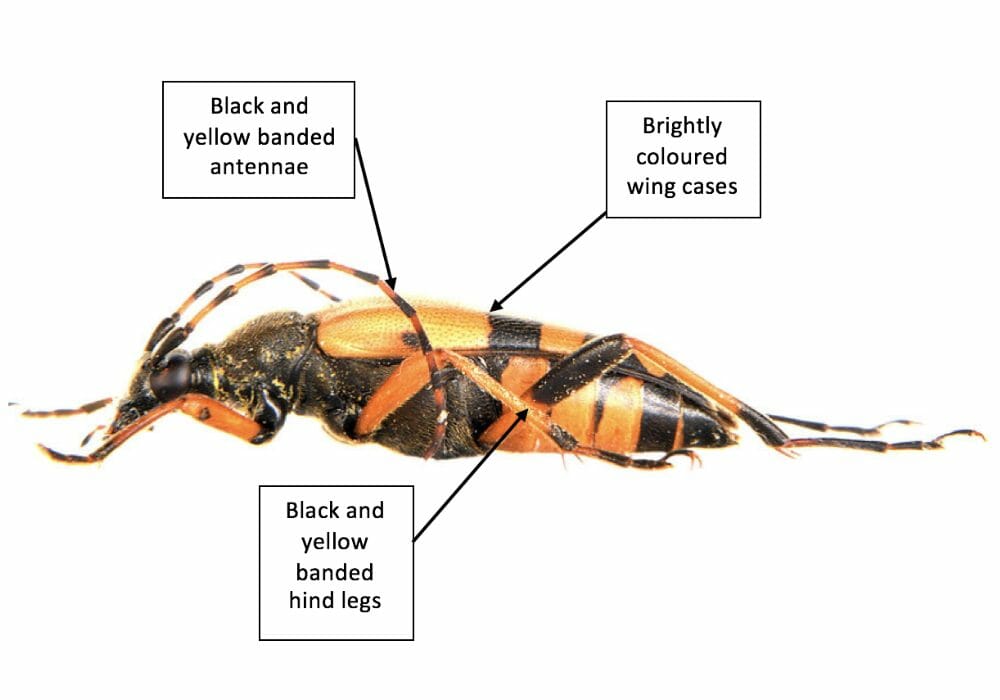
Behavior
With large strong wings, it is unsurprising that yellow and black longhorns spend a lot of their time in the air. Perhaps due to a lack of strength or endurance, they only fly for about 75 meters in length but can reach altitudes of 1300 meters.
When being territorial or reproducing, males use flight to stand out and show off to other insects. While doing so they often lose legs, antennae, or damage their fragile wings.
Interestingly, unlike many other insect species, longhorn beetles are diurnal. This means that they make the most of their day during daylight hours, specifically early in the morning up until midday.
They also are more active on sunnier days and have less energy and movement when it is cold. I’m sure a lot of us can relate to this.
Mating
When they are ready to reproduce, the female adult beetles release a sex hormone from their cuticle, attracting surrounding male beetles. Situated on the trunks and branches of trees, the males attach to and mount the secreting females and copulation occurs.
After pairing, the male guards the female to prevent her from reproducing with any other individuals. He does not want another male messing with his chances of carrying on his genes.
Diet
The majority of longhorn beetles are herbivores, so their diet consists of leaves, twigs, and a variety of plant matter. Born and hatching usually in dead wood and decaying matter, larvae eat a lot of soft plants and moist vegetation.
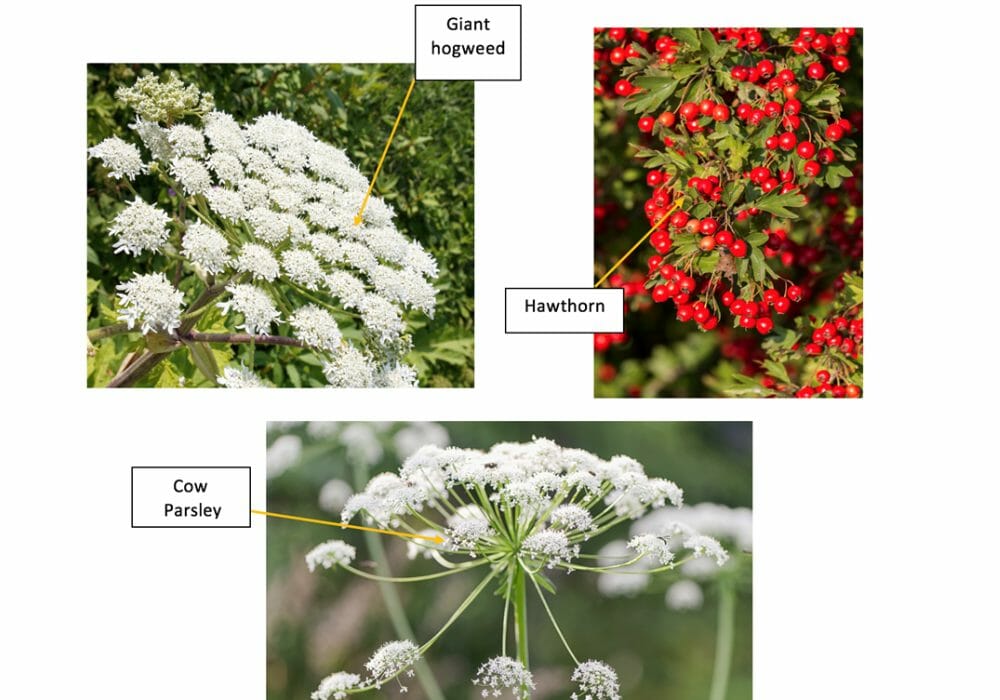
They particularly enjoy eating pollen of flowers such as giant hogweed, hawthorn and cow parsley.
By eating a lot of hardwood trees and other flower plants, some subspecies of longhorn beetles are considered as pests, but are they all?
Why Are They Important?
Various species of longhorn beetle, particularly the yellow and black subspecies, have a crucial role within their surrounding ecosystem.
By already establishing that yellow and black longhorns start their lives eating deadwood it is unsurprising that they are crucial decomposers within woodland habitats.
By decomposing decaying trees and plants, the beetles add huge amounts of crucial nutrients back into woodland soils enhancing its fertility.
You would assume that only honey and bumble bees are busy pollinating flower plants but this isn’t the case. Yellow and black longhorn beetles and red-soldier beetles pollinate a variety of herbaceous plants and shrubs.
This is good news for these two species as many other subspecies of longhorns are huge pests across the horticultural, agricultural and woodland environments. This is due to the feeding habits of larvae when they first hatch which destroys crops, harvests and young shrubs.
Conclusion
Yellow and black longhorn beetles are often misunderstood. Many other subspecies are considered pests, but yellow and black longhorned beetle are actually crucial decomposers as their larvae devour dead wood and pollinators of woodland ecosystems.
With outstanding yellow and black spots markings, these adult beetle and their other subspecies can be found worldwide, and we still have so much to discover about them.
Reference List
- “A study of Longhorn beetles (Coleoptera: Cerambycidae) of tripura with diagnostic characters of species and new records”. Tripura University. 2022.
- “Longhorn beetles in lesser spotted woodpecker habitat”. Celander, P.J.K., 2022.
- “The evolution of insect metamorphosis: a developmental and endocrine view”. Truman, J.W. and Riddiford, L.M. Philosophical Transactions of the Royal Society B. 2019.
- “Pest detection dogs for wood boring longhorn beetles”. Arnesen, C.H. and Rosell, F., 2021. Scientific reports.
- “Structural diversity with varying disorder enables the multicolored display in the longhorn beetle Sulawesiella rafaelae”. Bermúdez-Ureña, E., Kilchoer, C., Lord, N.P., Steiner, U. and Wilts, B.D., 2020. Iscience.
- “Pheromones in Longhorn Beetles with a Special Focus on Contact Pheromones”. Fukaya, M. and Yasui, H., 2020. In Insect Sex Pheromone Research and Beyond. Springer, Singapore.
- “Population differences in the strength of sexual selection match relative weapon size in the Japanese rhinoceros beetle, Trypoxylus dichotomus (Coleoptera: Scarabaeidae)”. Del Sol, J.F., Hongo, Y., Boisseau, R.P., Berman, G.H., Allen, C.E. and Emlen, D.J., 2021. Evolution.
- “Biodiversity and Spatiotemporal Variation of Longhorn Beetles (Coleoptera: Cerambycidae) in Tropical Forest of Thailand”. Yotkham, S., Suttiprapan, P., Likhitrakarn, N., Sulin, C. and Srisuka, W., 2021. Insects.
- “Common cerambycid pheromone components as attractants for longhorn beetles (Cerambycidae) breeding in ephemeral oak substrates in Northern Europe”. Molander, M.A., Winde, I.B., Burman, J., Nyabuga, F.N., Lindblom, T.U., Hanks, L.M., Millar, J.G. and Larsson, M.C., 2019. Journal of chemical ecology.
- “Australian Longhorn Beetles (Coleoptera: Cerambycidae) Volume 2: Subfamily Cerambycinae”. Slipinski, A. and Escalona, H., 2016. Csiro Publishing.
- “Cerambycidae of the world: biology and pest management”. Wang, Q. ed., 2017. CRC press.
Founder of Re-Educating Earthlings environmental education platform | Children’s Author | Freelance environmental writer | ‘No one can do everything, but, someone can do something’. LinkedIn Profile.
Disclaimer
Earthlife.net does not provide medical advice. We do our best to help users understand the science behind living beings; however, the content in the articles and on the website is not intended to substitute for consultation with a qualified expert. By interacting with the website and/or our email service, you agree to our disclaimer. Remember that you must consult a specialist before using any of the products or advice on the web.

